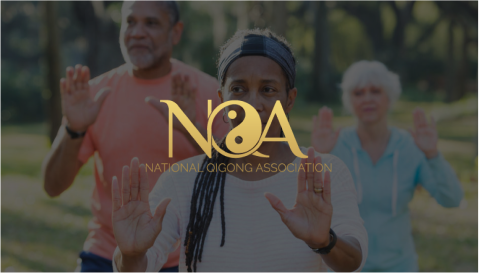Dry brushing is a simple self-care technique that you can do in just a few minutes a day. The skin is the largest organ in the body, and one of its main functions is detoxification. This technique can help the skin in improving that function. It not only feels great, but it allows for smoother skin, a boost in energy and improved circulation.
Is it that easy? Well, dry brushing is pretty much just as it sounds. It is a technique that involves using a brush with natural fibers and brushing the skin in a specific pattern. The pattern doesn’t have to be too specific, but is most beneficial when done towards the heart to help improve circulation. The skin is typically brushed toward the heart, starting at the feet and hands and brushing toward the chest.
What Are the Benefits of Dry Brushing?
- Improves circulation and lymphatic flow
- Helps decrease cellulite
- Helps rid of ingrown hairs
- Removes dry skin
- Leaves skin smooth and body energized
- Helps improve digestion
- Feels really good and is a great way to show your body you care!

Your Dry Brushing Routine: AM or PM?
This routine can be accomplished in just a few minutes a day. It is best done before showering (you will shed a bunch of dead skin cells) or in the morning as it’s super energizing! As the name says, you will want to do this while the skin is dry. Always perform this directly upon your skin, not above fabric or clothing. Use lighter pressure on more sensitive areas or where the skin is thinner, such as the belly and harder pressure on thicker skin, such as the soles of the feet.
The whole body can be brushed in about 15 minutes, but you will still benefits from this even from shorter periods of time. You can apply oil or moisturizing lotion after you are finished.
Seven Steps to the Perfect Dry Brushing Routine
- Starting at the feet, I brush the bottoms of my feet and up my legs in long, smooth strokes. I typically brush each section of skin about 10 times. I continue upwards along the torso, and for the best circulatory impact, I brush toward the heart/chest area.
- Repeat the same process with the arms, starting with the palms of the hands and brushing up the arm toward the armpit. Brush each section of the arm multiple times.
- On the stomach and armpits, brush in a circular clockwise motion.
- Then repeat the process on my back, moving in an upward motion.
- This process can also be done on the face with a more delicate brush or a guasha tool.
- Finish up by taking a shower or a bath to wash off any dead skin cells. You can do some hydrotherapy in the shower to further enhance the circulatory impact of this session. To do this you would turn the water to hot for a few seconds, then to very cold (as cold as your body can handle), and then back to hot. Repeat this for at least three rounds.
- Apply a natural oil or moisturizing lotion to the skin.
Don’t brush too hard! This is best done with soft and smooth strokes. Your skin may be lightly pink after brushing, but you do not want the skin to itch, sting or hurt. You will notice though that after a while, the skin will become less sensitive. Finally, the brushes will be to be rinsed out every few uses with a mild soap and hot water.

Selecting a Brush
I like to use a firm, natural bristle brush with a long handle. This allows me to reach my entire back and easily brush the bottoms of my feet and the backs of my legs. Some dry brushes come without a handle and can be easily grasped and stored. Brushes often come with a varying degree of softness. When just starting, your skin will be more sensitive to the process, but through time, you may want to switch to a brush with firmer bristles.
Caution for Sensitive Skin
As with all things, you need to make the personal decision for what works with your own body. This technique may not be beneficial for people with very sensitive skin, eczema, or other dermatitis conditions. If dry brushing leaves your skin red for a prolonged period of time or itchy and painful, it's best to leave this routine aside. Also, avoid areas with open wounds, sores, rashes, cuts or infections.
Final Tips for Dry Brushing and My Best Practices
- Brush your feet in circular motions
- Brush up the inside and outside of legs in long smooth stroke
- Brush your belly lightly in a counter-clockwise motion
- Lightly brush your chest.
- Take some deep breaths and focus on your body. Let this daily experience be one of self-love and appreciation.
This article was originally published by Lenore Cangeloso at https://www.wildearthacupuncture.com/blog and has been republished here with her permission.

















